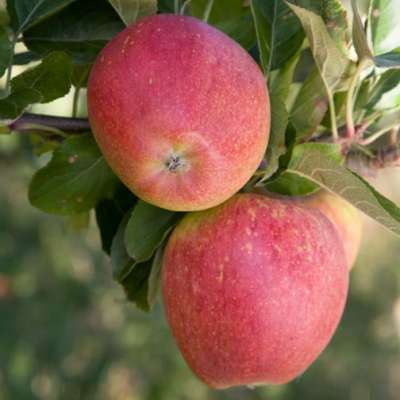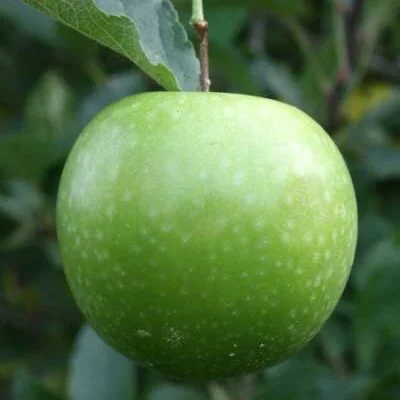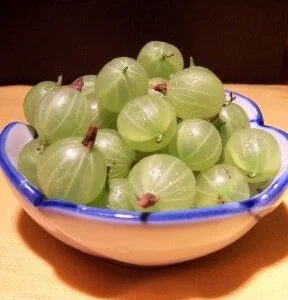Your basket is currently empty!
The first early strawberries of the season are always a long awaited treat and by cloching a few plants we can enjoy these luscious fruits even earlier.
If we are to have the earliest possible fruits then January/February is the time to make preparation and the best time to place the cloches in position is from Mid January to early March. The earlier that we cover the plants the earlier the fruits will ripen.
Always try to cloche young plants and choose an early or second early variety. Plants that you have planted the previous summer or Autumn are ideal. If we cloche older plants then the fruits will not be so early. These also tend to make more foliage which can cause problems in the enclosed environment of the cloche, and also tends to force more leafy growth at the expense of fruit and flowers.
There are two types of cloche that can be used, the traditional glass or low polythene. Under the glass the fruits ripen about 3 weeks earlier than unprotected crops and under polythene about 2 weeks earlier. Various types are available but for preference choose one that has a minimum height of 12″ and a width of 18-20″. Ventilation must be easy to provide as this is very important later on.
Before we place the cloches in position it is a good idea to give the plants a quick clean up. Remove any dead leaves and weeds and if conditions permit, lightly hoe the soil.
Apply sulphate of potash half an ounce per square yard sprinkling along each side of the row and then lightly rake it in. This encourages the development of flowers and improves flavour.
Now place your cloches in position in the way the manufacturers suggest. If you are using a polythene cloche it is a good idea to bury the edge of the polythene just into the soil as this will help anchor the cloche in place and also increases the temperature within slightly and forward the ripening time.
For the next few weeks the plants will be quite happy with no further attention, you should not need to ventilate until early spring.
As the weather begins to warm up in the spring the flower trusses will start to develop and it is now that we must pay careful attention to ventilation. Too much will delay ripening but we must give enough to allow pollinating insects in to pollinate the flowers and to avoid the build up of temperatures to the extreme on warm sunny days. This in turn can encourage sooty moulds and bacterial/fungal diseases.
To ventilate you normally remove the sides from the glass cloches and with polythene just roll up the sides. Always close again at night.
We will now need to provide water for the plants as although normal rainfall sinks down to the sides of the roots it doesn’t penetrate the centre and crown of the plants and is almost always insufficient for the plants requirements.
After watering the first time, lay your straw or strawberry protection mats around the plants to prevent the fruits becoming splashed with soil during future watering or rain when the cloches are uncovered.
During April and May, on any sunny day, you will find the temperature increases very rapidly and you will need to fully ventilate every day. By doing so you will expose the ripening fruit to the ever watchful bird population who may well beat you to those first rewards. Covering the exposed areas with netting is easy and well worthwhile.
As soon as your crop has been harvested take off the protection, clean and store away for next season. Tidy up the plants, removing all unwanted runners and look forward to the normal summer crop for the next two years.






